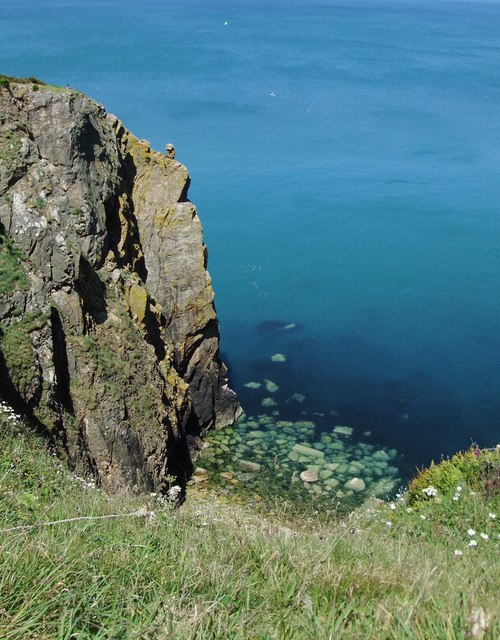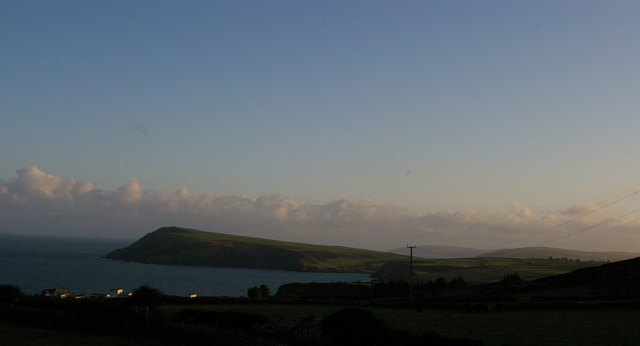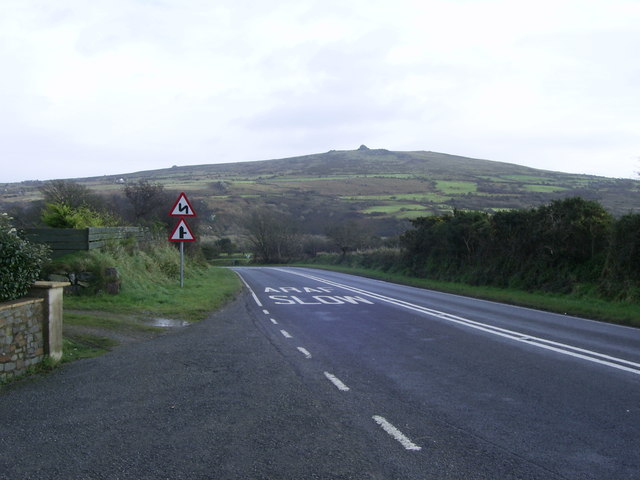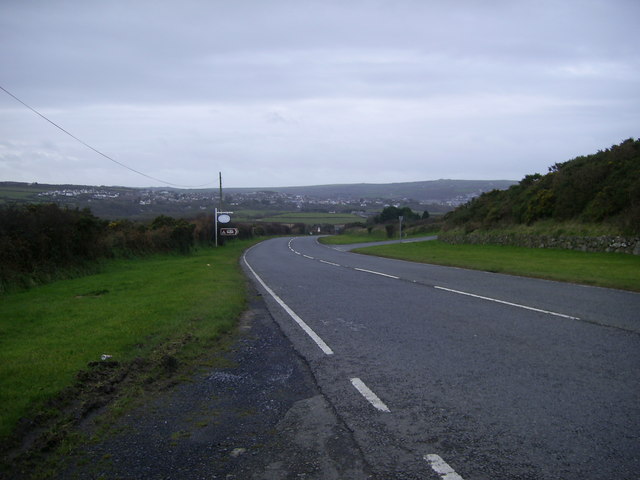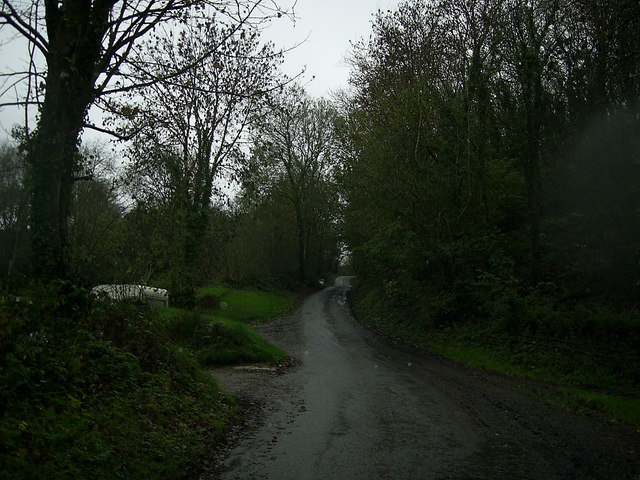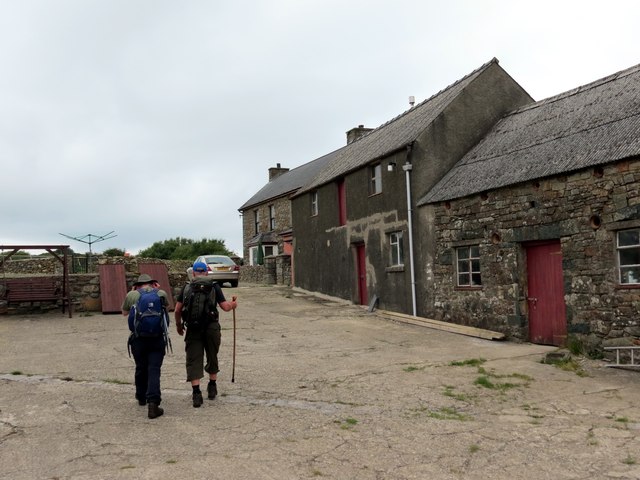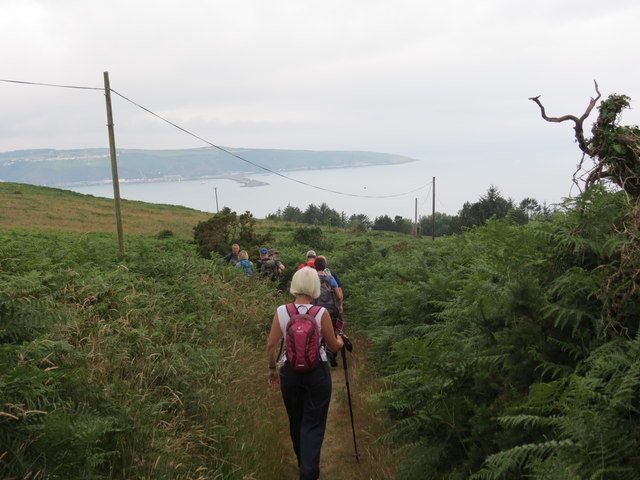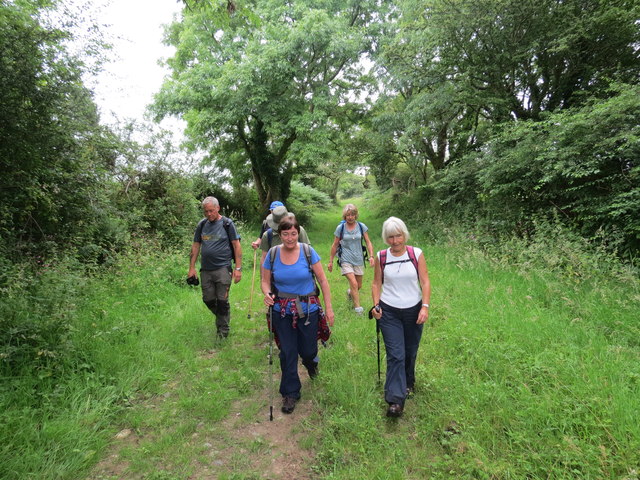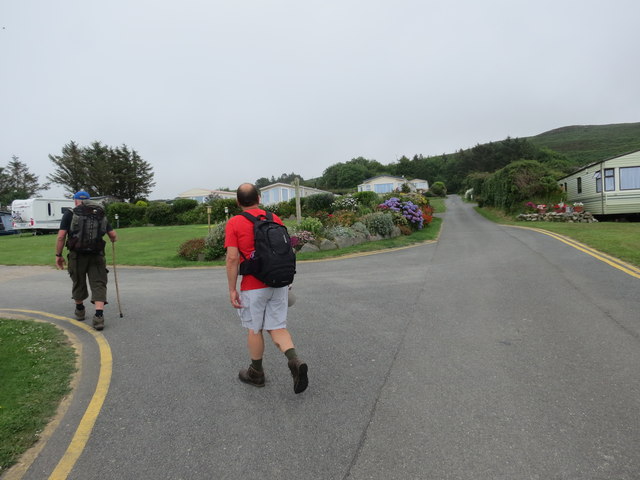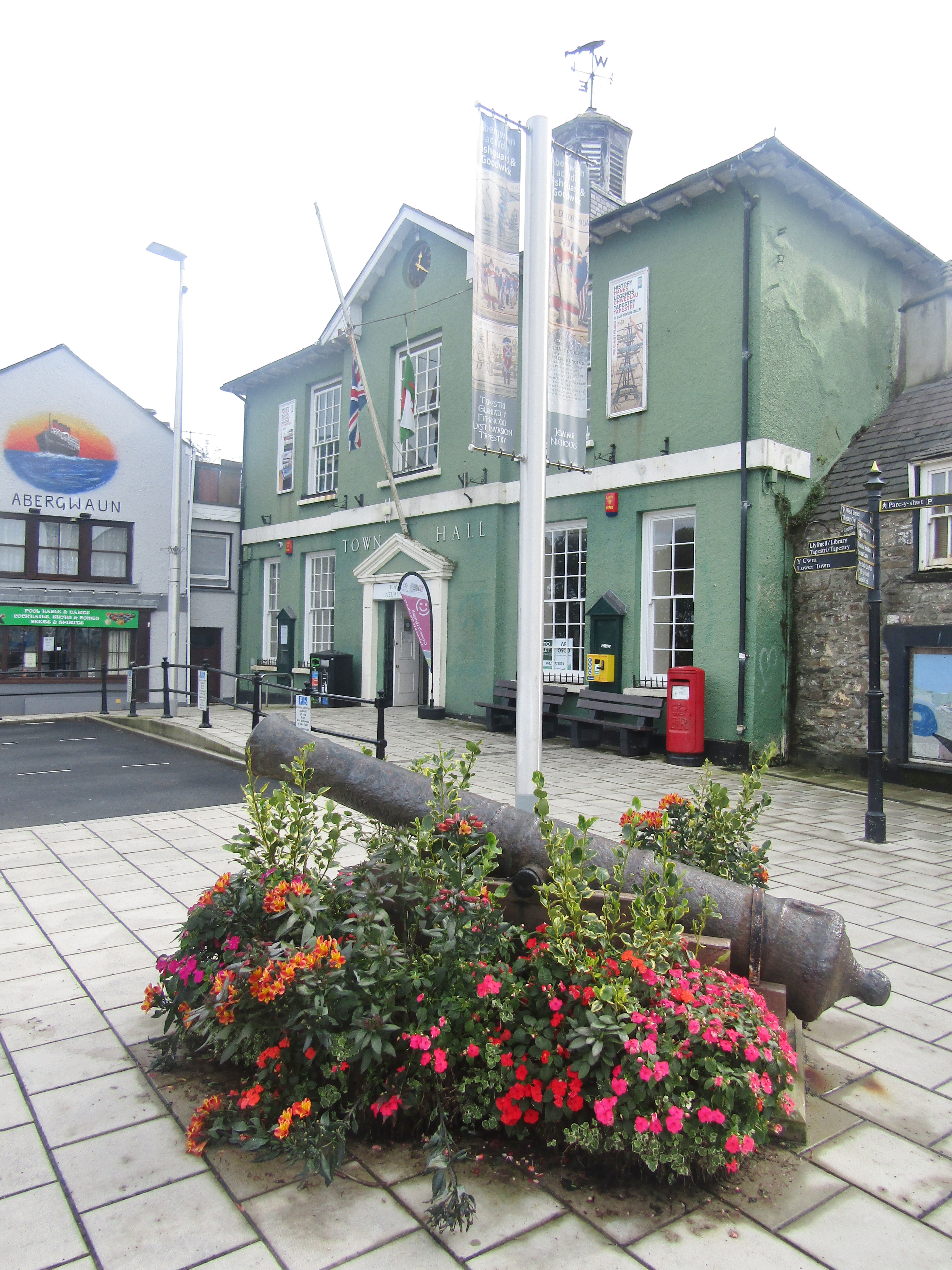Pwll y Blewyn
Bay in Pembrokeshire
Wales
Pwll y Blewyn
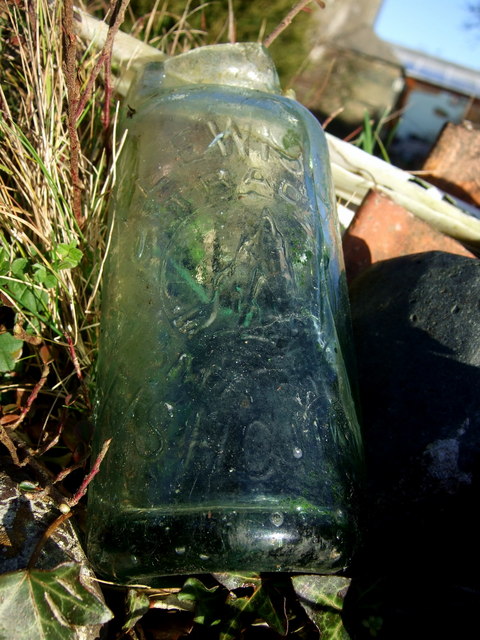
Pwll y Blewyn is a picturesque bay located in Pembrokeshire, a county in southwest Wales. Situated near the village of Llanrhian, this coastal area is well-known for its natural beauty and tranquil atmosphere.
The bay is characterized by its sandy beach, which stretches for approximately 200 meters and is backed by low cliffs. The beach is relatively secluded and is accessible via a footpath, making it a popular spot for those seeking a peaceful retreat. The clear blue waters of the bay are also ideal for swimming and other water activities.
Surrounded by rolling green hills and rocky outcrops, Pwll y Blewyn offers breathtaking views of the Pembrokeshire coastline. Visitors can explore the area's rugged landscape and enjoy long walks along the coastal path, taking in the fresh sea air and admiring the diverse wildlife that inhabits the bay.
The bay is also rich in history, with nearby archaeological sites dating back to the Iron Age. Ruins of ancient settlements and burial mounds can be found in the surrounding hills, providing a glimpse into the area's past.
Pwll y Blewyn is a haven for nature lovers and outdoor enthusiasts, offering a peaceful and unspoiled environment. With its stunning scenery and historical significance, it is a must-visit destination for anyone exploring the Pembrokeshire coast.
If you have any feedback on the listing, please let us know in the comments section below.
Pwll y Blewyn Images
Images are sourced within 2km of 52.006896/-4.9418902 or Grid Reference SM9838. Thanks to Geograph Open Source API. All images are credited.

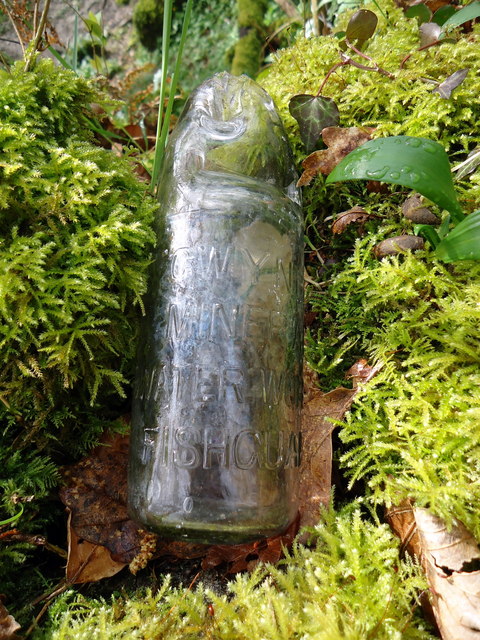
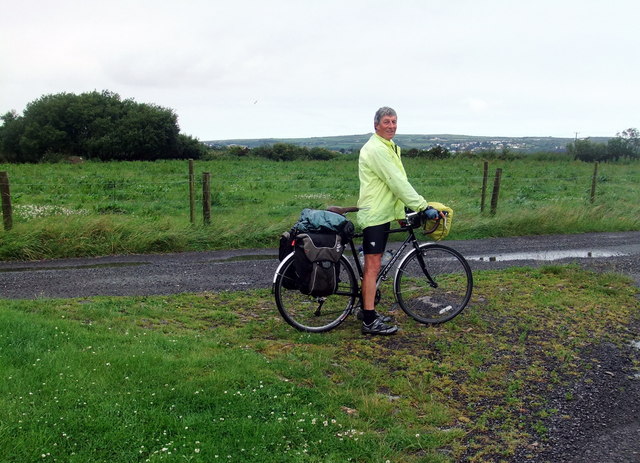
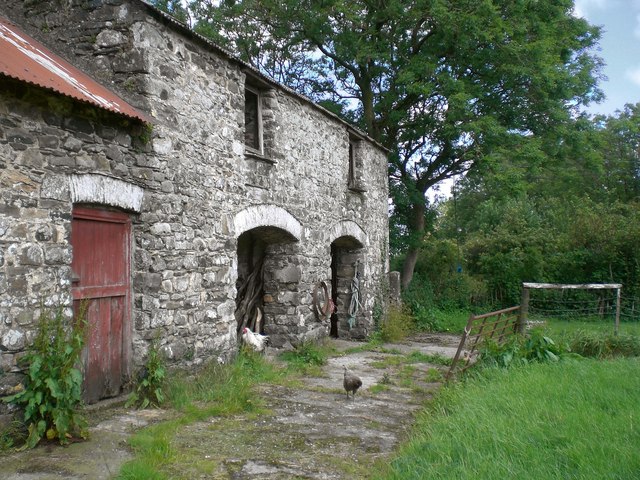
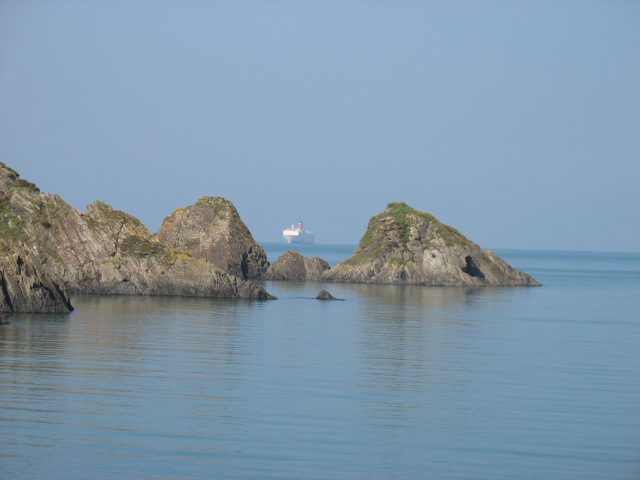

Pwll y Blewyn is located at Grid Ref: SM9838 (Lat: 52.006896, Lng: -4.9418902)
Unitary Authority: Pembrokeshire
Police Authority: Dyfed Powys
What 3 Words
///potential.breezy.hospitals. Near Fishguard, Pembrokeshire
Nearby Locations
Related Wikis
Fishguard Bay
Fishguard Bay (Welsh: Bae Abergwaun) is a bay on the north Pembrokeshire coast, Wales. Much of the bay's coastline is within the Pembrokeshire Coast National...
Dinas Cross
Dinas Cross (Welsh: Dinas) is both a village, a community and a former parish in Pembrokeshire, Wales. Located between Fishguard and Newport in the Pembrokeshire...
River Gwaun
The River Gwaun (Welsh: Afon Gwaun, "Gwaun" meaning 'marsh, moor') is a river in Pembrokeshire, West Wales, which flows west to the sea at Fishguard (Welsh...
Fishguard Town Hall
Fishguard Town Hall (Welsh: Neuadd y Dref Abergwaun) is a municipal building in the Market Square, Fishguard, Pembrokeshire, Wales. The structure, which...
Nearby Amenities
Located within 500m of 52.006896,-4.9418902Have you been to Pwll y Blewyn?
Leave your review of Pwll y Blewyn below (or comments, questions and feedback).
